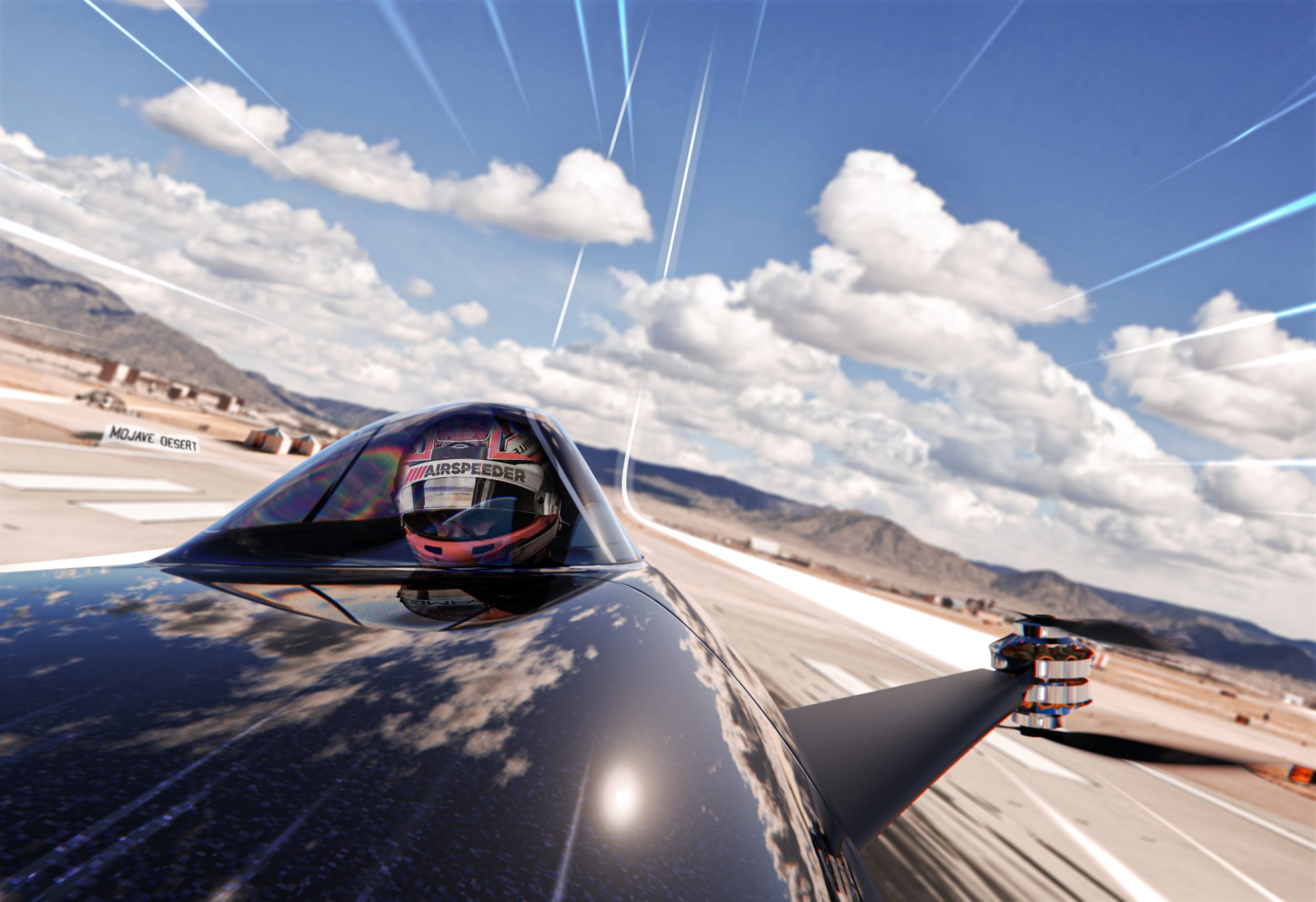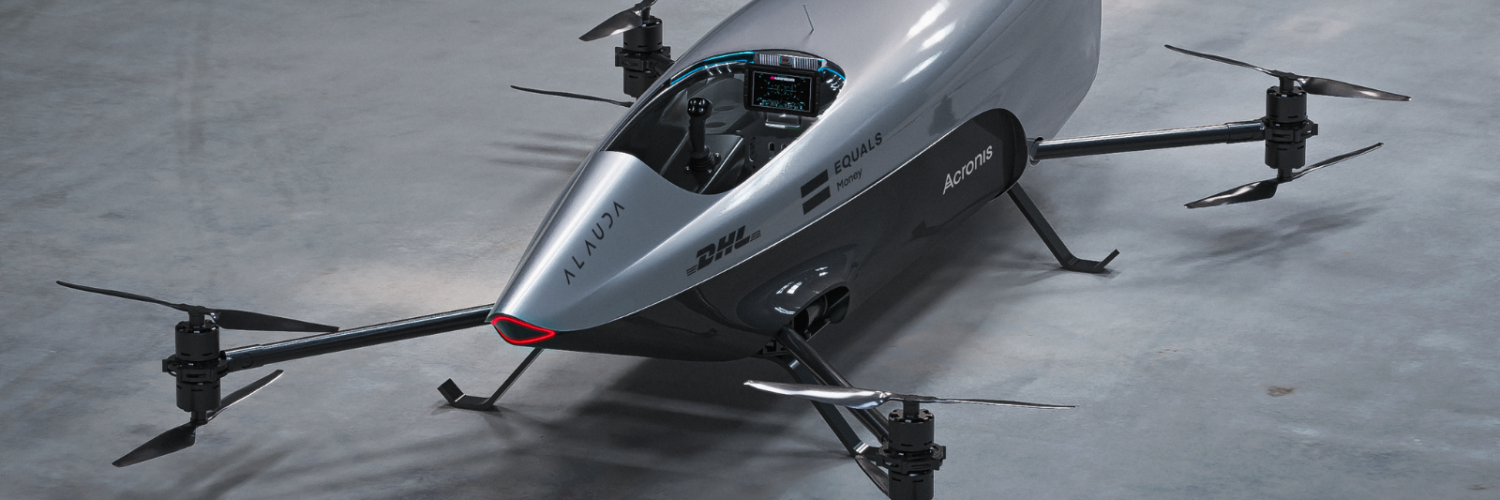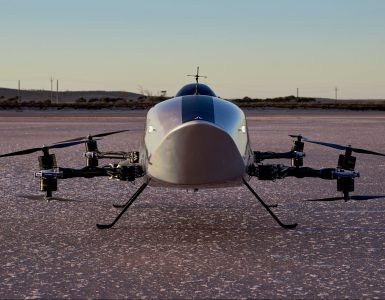Airspeeder, the world’s first flying car series, is ramping up testing and development of its full-sized remotely operated electric vertical take-off and landing vehicle (eVTOL).
The Airspeeder Mk3 was unveiled to an expectant world public on February 4 and is capable of achieving 120 kph and utilising LiDAR, RADAR and machine vision.
“Having a test rig like this will allow us to really dial in some of that data and allow us to get a lot more accurate predictions on how our vehicle will perform,” said Peter Conway, Aerospace and Mechanical Engineer.
Currently being manufactured at Airspeeder and Alauda’s technical HQ in Adelaide, South Australia, the aircraft is being developed and manufactured by a team drawn from leading names in aerospace, automotive and motorsport technology including McLaren, Babcock Aviation, Boeing, Jaguar Land Rover, Rolls-Royce and Brabham.
“The purpose of this test bench is to gather a full data sweep on all of the different sensors, verify all of the voltages, current, thrust as well as torque,” explains Grant Hillier, Senior Aerospace Engineer. “Next step after first spin is more power, basically. We just crank it up and see what it will give us. We will do some incremental increases in power and make sure we’re approaching the limits in a methodical way.
“I’m kind of excited, but we’ve never tried the full system,” added Andrei Pavlov, Embedded Software Engineer. “We’ve tested each system individually, but we’ve never tried it as a whole system so I’m a bit worried if something can go wrong! Hopefully it won’t be the case.”
Pavlov was correct to be cautious, as thorough testing is what it’s all about to ensure that all possible problems are ironed out before racing begins in earnest. But there were no such worries on this occasion, the rig working perfectly and the team happy.

Other areas that the team is working on include skin fabrication, the team working on how to make the air frame as easy to assemble as possible.
“The new process we have in place is really setting us up to have ten aircraft by the end of the year, allow us to have as many vehicles ready to race as possible,” explains Callan Cranenburgh, Aerospace Engineer. “The version 2 of the Mk.3 skins have really taken a lot of integration of the air frame and the systems into account and really how we can make it more easily assembled, easier to manufacture and really streamline the entire process.”
With the Airspeeder Mk.3 capable of achieving 120 kph from its four cVTOL blades, the machine has impressive performance indeed.
“Performance is so important, but for the premium race series we’re developing, aesthetics are just as important,” adds Cranenburgh.
For vehicle designer Felix Pierron, those aesthetics are, of course, the most important thing. And he has been working hard to achieve that perfect blend of great looks with pilot usability and performance.

“It’s not a concept any more, it’s not abstract any more. It’s real. It’s a mix of an F1 car, a fighter jet, and a helicopter. My first goal was to make it look like a car, like a car interior,” says Pierron. “It’s also quite related to the F1 world because the pilot is going to be sitting in the cockpit exactly like in a Formula One car, so very laid back. Based on this position, I had to figure out the best position of every important elements of the cockpit, so the two main joy sticks and the most important features on the central helm.”
Final behind-closed-doors pre-season tests will happen in Australia before the start of an international racing calendar and the initial Mk3 races will provide vital information on vehicle dynamics, performance, safety and powertrain technology that will inform the final development of the manned Mk4 Airspeeder vehicle.
For more on Airspeeder, visit their official website, airspeeder.com.




